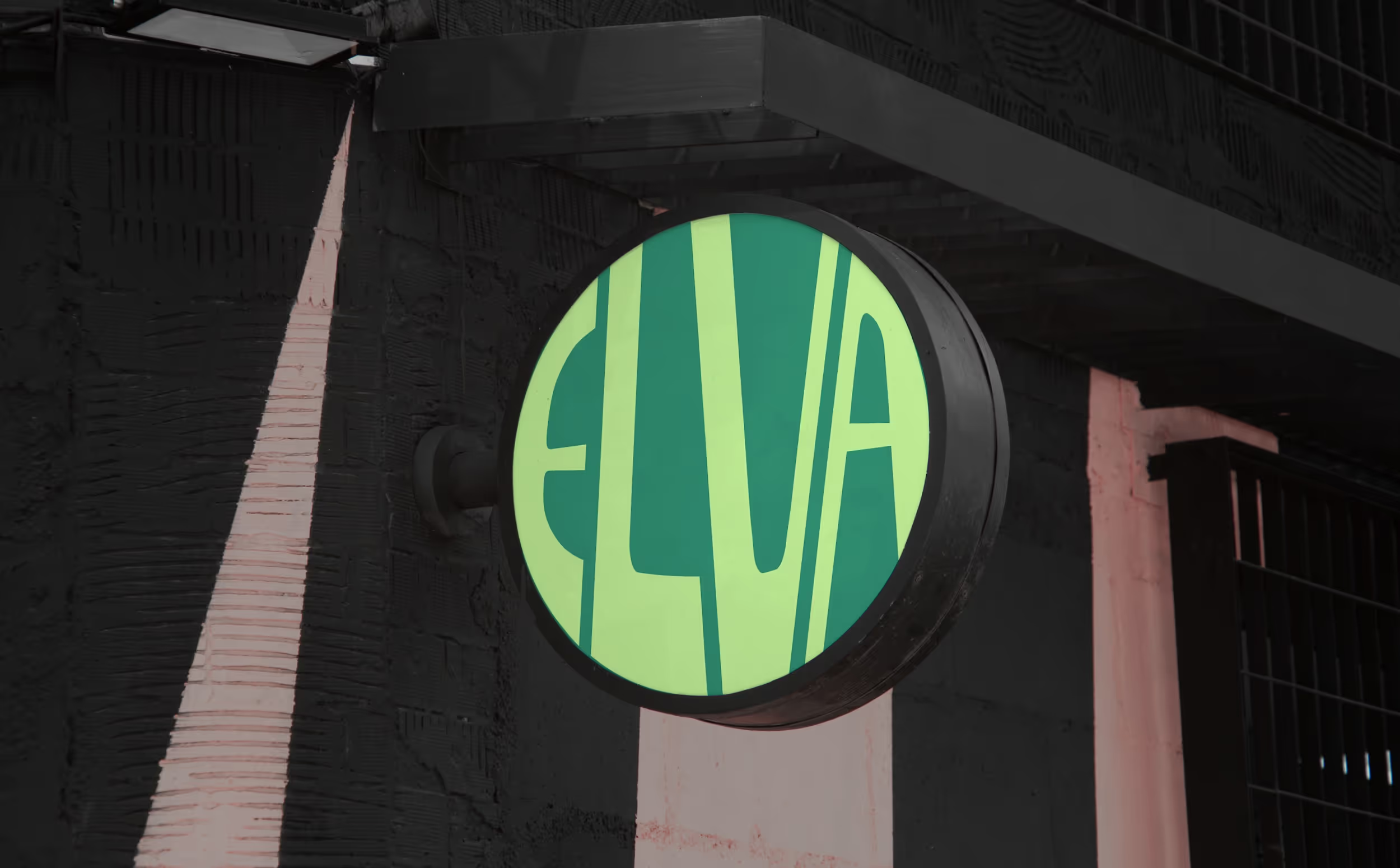With Urbanity 2025 just a week away, we’re taking a closer look at the brand we helped bring to life. Tasked with making it “bigger, bolder, and more essential than ever,” Bullet collaborated with The Urban Developer to reimagine the identity for Asia-Pacific’s leading urban development conference.
As a multi-day event covering a wide spectrum of topics, the challenge was to capture its energy and diversity within a consistent, recognisable framework. While the campaign leaned heavily into digital, the physical experience was just as crucial, after all, attendees need to know they’re in the right place. The question became: how do we create something informative, recognisable, and helpful, yet flexible enough to stretch and adapt thematically?
We quickly recognised that a generative visual identity offered a fresh, engaging approach—one that could cut through the noise and drive meaningful interaction.
Generative brands are very much on Bullet’s radar. Today’s visual identities must flex across platforms, formats, and audiences. In the world of property and placemaking especially, once a strong brand is established, it must be allowed to evolve, responding to shifting markets and changing requirements. Masterplanned projects may span decades, and within that time, a brand must adapt within the context of place and time.
Brands risk becoming irrelevant unless they move, flex, and adapt.

One of the highlights of this year’s Design Conference at Brisbane’s Powerhouse was a keynote by Justin Colt and José Fresneda, co-founders of US based studio The Collected Works. Their talk echoed many of these ideas, showcasing studio work across industries guided by flexible identity toolkits and generative design, providing dynamic systems that empower clients to explore, adapt, and remix their brands. By embracing flexibility, they showed how this approach builds stronger, more engaging identities—designed to move, grow, and evolve.
Of course, generative systems are nothing new. Designers have long admired Otl Aicher’s seminal work for the 1972 Munich Olympics, a masterclass in rules-based design. Through a strict grid and visual logic, Aicher’s system delivered a vast array of assets for one of the world’s most complex events. It proved that a strong set of principles can unlock creative freedom rather than limit it.
This thinking has since evolved, marked by milestone moments: the vibrant, shape-shifting 2012 London Olympics identity; Landor’s modular system for the City of Melbourne (2009); and MIT Media Lab’s ever-evolving logo (2011). Each pointed to a future where coherence doesn’t mean uniformity, and showed how adaptability is a brand’s greatest strength.
In today’s fast-moving, content-saturated world, consistency builds recognition, but sameness stifles engagement.
Bullet’s work for Urbanity 2025 put these ideas into practice. Within a clearly defined framework, we created a system that allowed key brand assets to evolve across communications. A custom 3D typographic treatment provided a consistent foundation, while enabling a wide range of expressions, each letterform tailored to the theme of a talk or workshop. It showed how a modular approach can deliver cohesion and variety in equal measure.
Looking ahead the potential of this kind of brand system is only growing. With AI and generative algorithms, brands can now be built on foundations that not only adapt but create. Personalised messaging, infinite variation, and real-time responsiveness are all up for grabs. By developing clear design rules and smart toolkits, we can hand over creative control in new ways, empowering clients to shape brands that are as alive, dynamic, and diverse as the audiences they serve.
The future of branding isn’t fixed, it’s fluid, generative, and constantly evolving. And we’re only just beginning to explore this potential.
Bring on Urbanity 2026.





.avif)